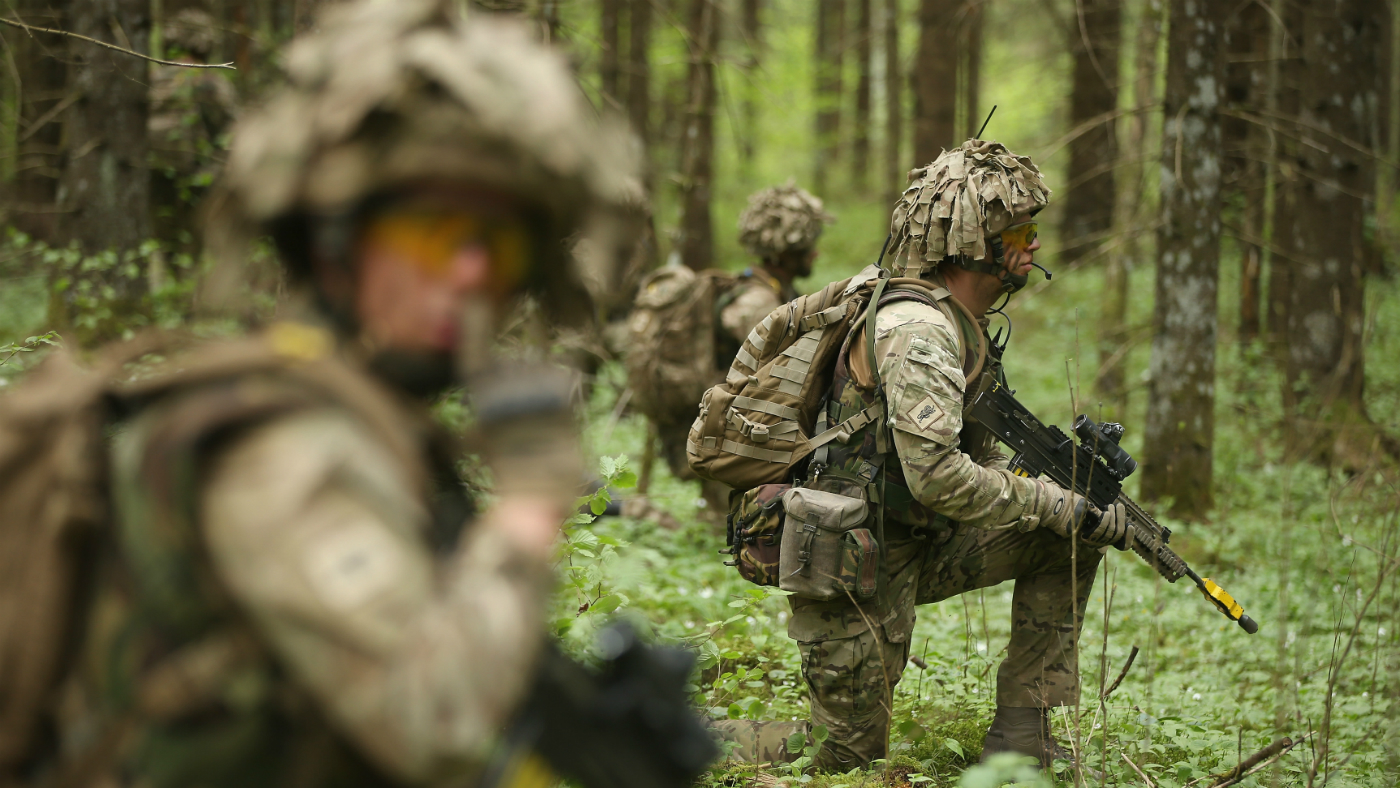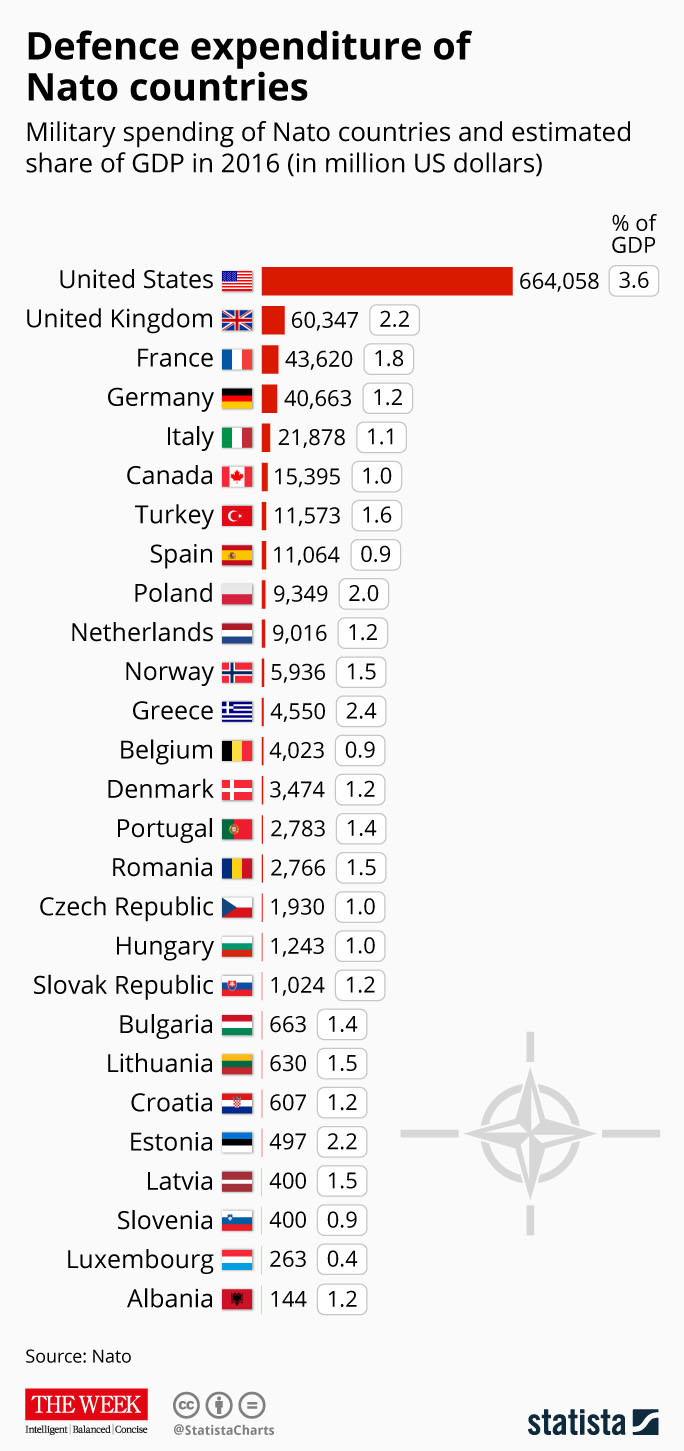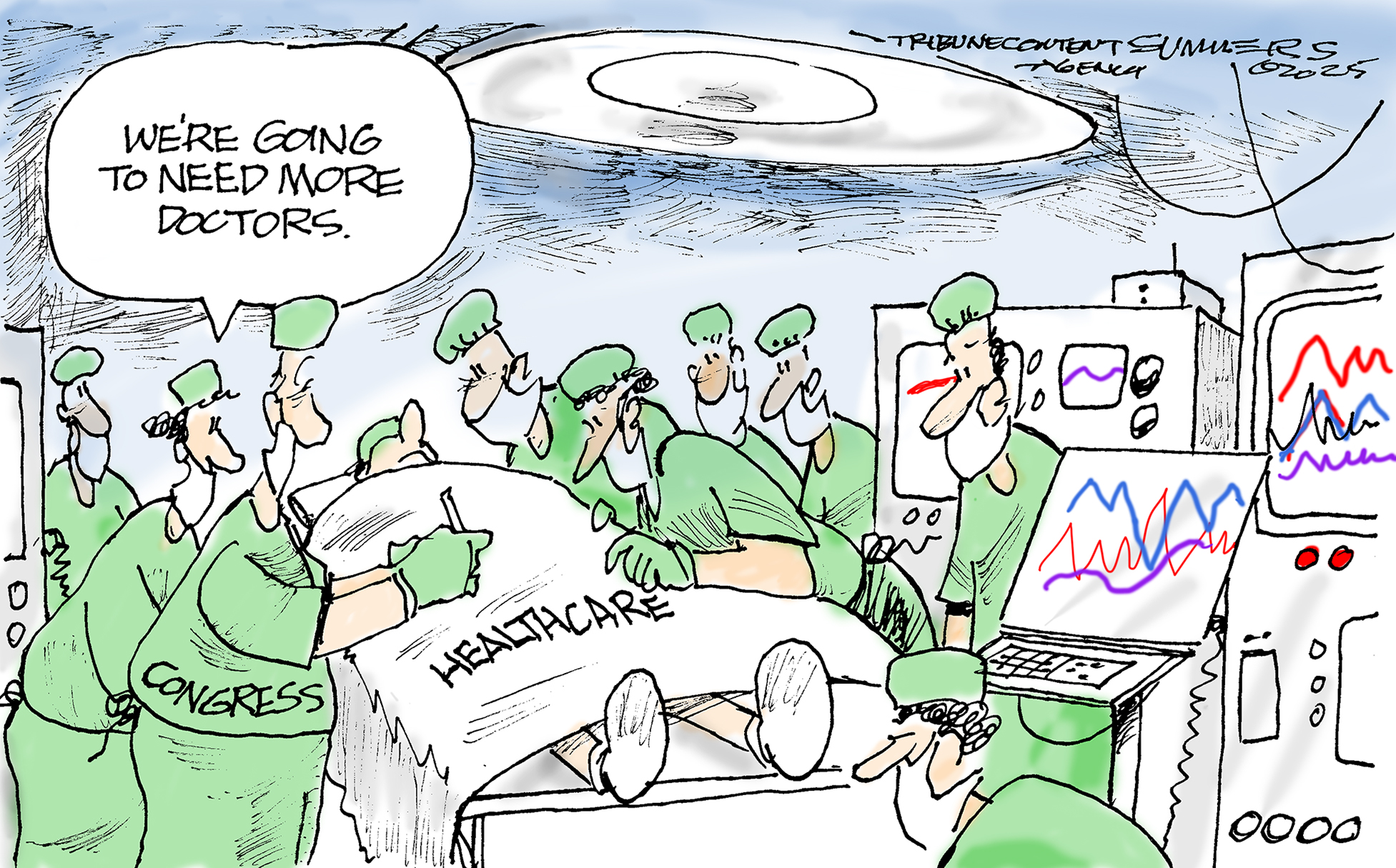Fact Check: The truth behind Nato military spending
Donald Trump says European members of the military alliance aren't paying their fair share – but is he right?

European members of Nato have long been accused of shirking their financial commitment to the military alliance, but what are the facts?
Who says what?
The latest debate on military spending comes ahead of the first face-to-face meeting between US President Donald Trump and German Chancellor Angela Merkel in Washington next week.
The Week
Escape your echo chamber. Get the facts behind the news, plus analysis from multiple perspectives.

Sign up for The Week's Free Newsletters
From our morning news briefing to a weekly Good News Newsletter, get the best of The Week delivered directly to your inbox.
From our morning news briefing to a weekly Good News Newsletter, get the best of The Week delivered directly to your inbox.
According to Ukip MEP Nigel Farage, frank discussions on defence spending will feature high on the agenda.
"Germany and, in fact, most of the EU members of Nato are not paying their way," he told Fox Business. "I think they are going to have some very harsh talks."
The Trump administration has repeatedly admonished its allies in Europe for failing to reach Nato spending targets, with Defence Secretary James Mattis last month warning member states to increase their defence budgets or risk seeing the US "moderate its commitment" to the alliance.
What are the facts?
A free daily email with the biggest news stories of the day – and the best features from TheWeek.com
The US spends more on its military than the rest of Nato combined, making up more than $664bn (£544bn) of a total expenditure of $918bn (£752bn) in 2016. The UK comes in second, followed by France, Germany and Italy.

US expenditure "effectively represents 73 per cent of the defence spending of the alliance as a whole", says Nato.
"This does not mean that the US covers 73 per cent of the costs involved in the operational running of Nato, but it does mean that there is an over-reliance by the alliance as a whole on the US for the provision of essential [military] capabilities."
Nato states have committed to spending two per cent of their GDP on defence by 2024, but only the US, Greece, Poland, Estonia and the UK have so far reached that target, according to the latest figures from the organisation.
However, there is disagreement over the exact amount spent by the UK last year, with one think-tank claiming the figure was actually 1.6 per cent, well below the threshold. The Ministry of Defence rejected the calculation, suggesting it may have been affected by exchange rate fluctuations.
Although European nations lag behind the US, which spends 3.3 per cent of its GDP on defence, military budgets are rising sharply across parts of the continent. Baltic states such as Latvia and Lithuania, alarmed by Russian military aggression, increased their defence budgets by 42 and 34 per cent respectively last year, according to CNN Money.
Germany, Europe's largest economy, also announced a significant boost in military spending this year; however, its contribution still falls far short of the target, remaining at a little more than one per cent of its GDP.
Who is right?
Farage and Trump are correct that the US shoulders the largest burden when it comes to relative military spending by Nato members. However, military budgets are growing across parts of the continent and member states have until 2024 to meet their spending obligations to the alliance. While they are still working to this timeframe, it is premature of the Trump administration to threaten action.
Infographic by www.statista.com for TheWeek.co.uk.
-
 5 loony toons about the Warner Bros. buyout
5 loony toons about the Warner Bros. buyoutCartoons Artists take on movie theaters, high quality cinema, and more
-
 Political cartoons for December 13
Political cartoons for December 13Cartoons Saturday's political cartoons include saving healthcare, the affordability crisis, and more
-
 Farage’s £9m windfall: will it smooth his path to power?
Farage’s £9m windfall: will it smooth his path to power?In Depth The record donation has come amidst rumours of collaboration with the Conservatives and allegations of racism in Farage's school days
-
 Femicide: Italy’s newest crime
Femicide: Italy’s newest crimeThe Explainer Landmark law to criminalise murder of a woman as an ‘act of hatred’ or ‘subjugation’ but critics say Italy is still deeply patriarchal
-
 Brazil’s Bolsonaro behind bars after appeals run out
Brazil’s Bolsonaro behind bars after appeals run outSpeed Read He will serve 27 years in prison
-
 Americans traveling abroad face renewed criticism in the Trump era
Americans traveling abroad face renewed criticism in the Trump eraThe Explainer Some of Trump’s behavior has Americans being questioned
-
 Nigeria confused by Trump invasion threat
Nigeria confused by Trump invasion threatSpeed Read Trump has claimed the country is persecuting Christians
-
 Sanae Takaichi: Japan’s Iron Lady set to be the country’s first woman prime minister
Sanae Takaichi: Japan’s Iron Lady set to be the country’s first woman prime ministerIn the Spotlight Takaichi is a member of Japan’s conservative, nationalist Liberal Democratic Party
-
 Russia is ‘helping China’ prepare for an invasion of Taiwan
Russia is ‘helping China’ prepare for an invasion of TaiwanIn the Spotlight Russia is reportedly allowing China access to military training
-
 Interpol arrests hundreds in Africa-wide sextortion crackdown
Interpol arrests hundreds in Africa-wide sextortion crackdownIN THE SPOTLIGHT A series of stings disrupts major cybercrime operations as law enforcement estimates millions in losses from schemes designed to prey on lonely users
-
 China is silently expanding its influence in American cities
China is silently expanding its influence in American citiesUnder the Radar New York City and San Francisco, among others, have reportedly been targeted